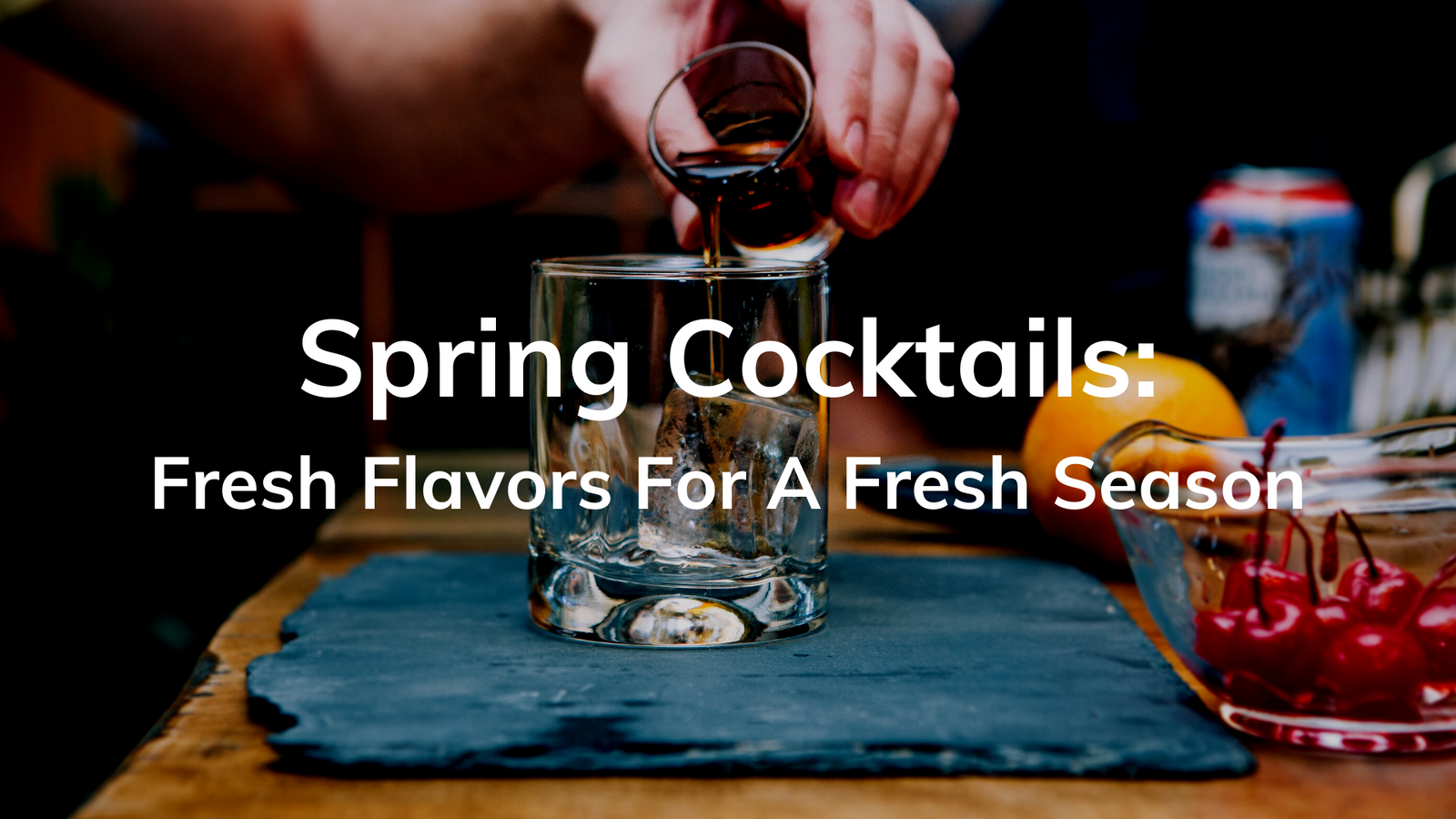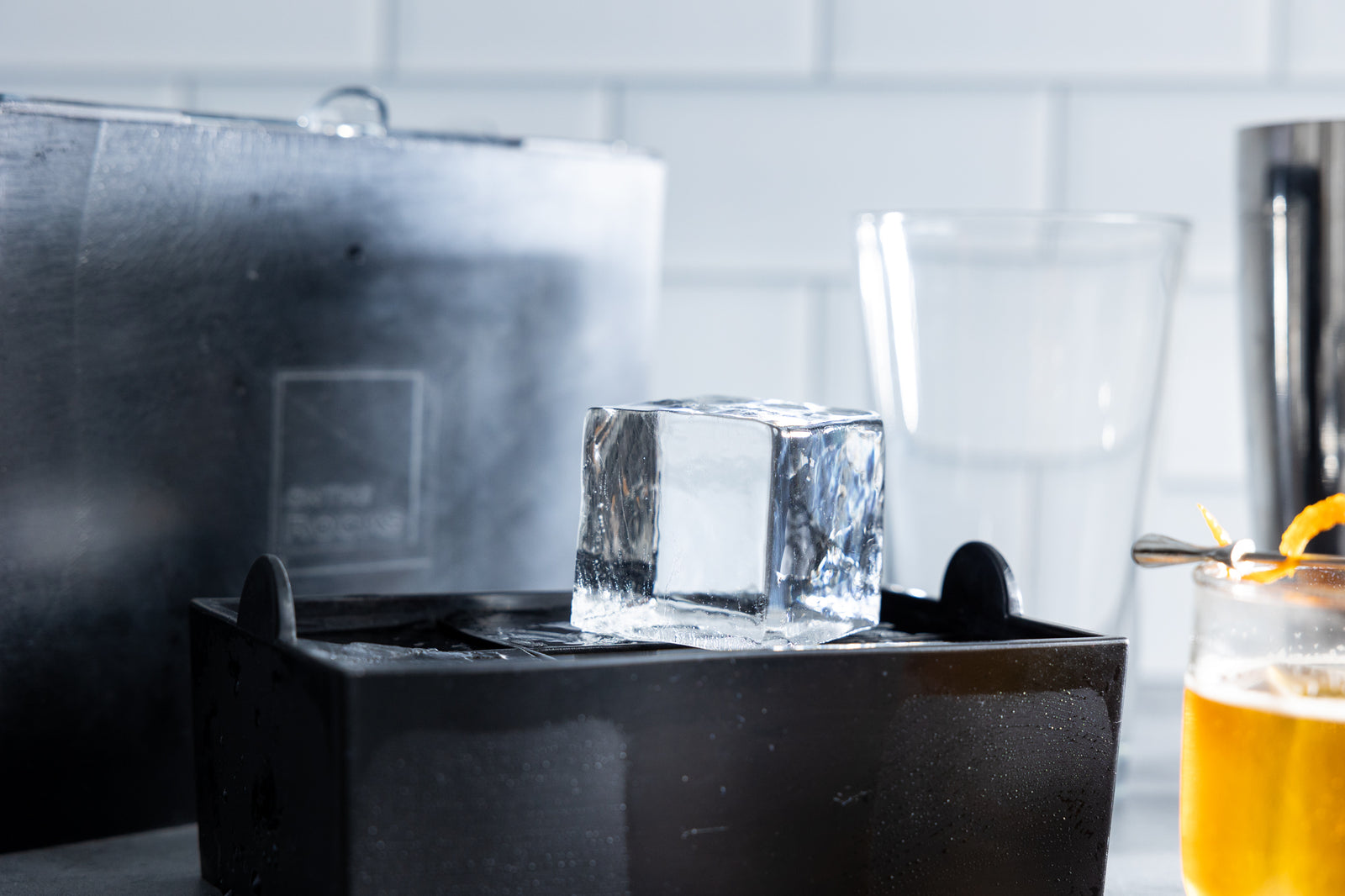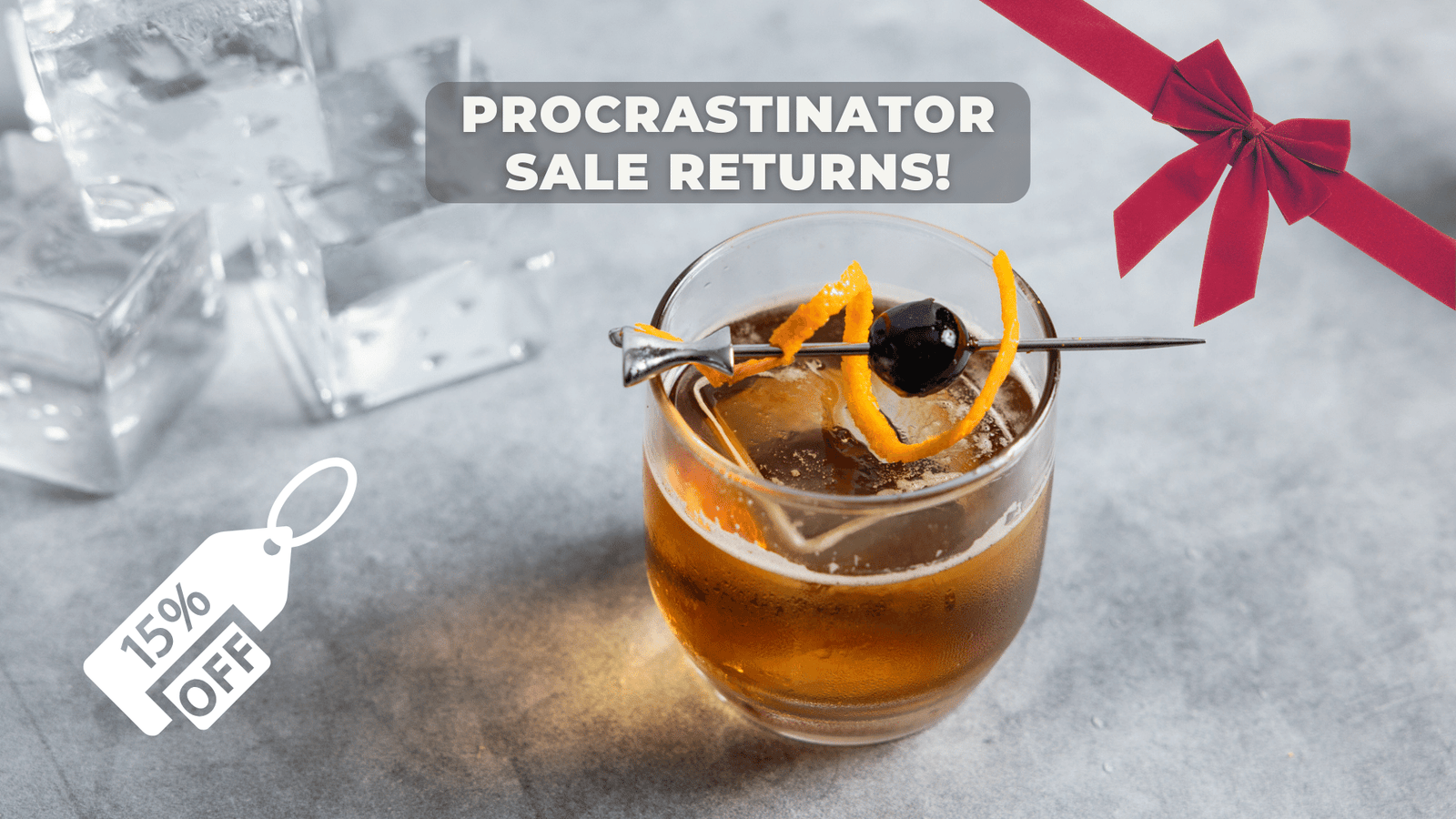Good to Great: Getting the Perfect Clear Ice With Your IceBox
Maybe you've been using your IceBox for years and you're a pro. Maybe you've only had it for a little while and you are a little hit or miss on your results. Or maybe you are still thinking about getting one, but aren't sure how tough it is to use. In any case, this blog / video will show you what it takes to nail it every time. So whether you are an IceBox virgin or you want to go from good to great, strap in.
Bottom line, there are certain things that can go wrong when using the IceBox. However, it almost always tracks back to just a few reasons. The good news is that there isn't really a home or situation in which this device can't produce perfectly clear ice cubes or spheres. To paraphrase Joe Pesci, “the laws of physics do not cease to exist in your kitchen". I will go into great detail on each of the common issues as well as how to diagnose and solve them. But, in short, there are really only 3 reasons why your ice may not be coming out clear:
- Dissolved Gases
- Dissolved Minerals
- Thermal Stress Cracks
Now for the deep dive!
1) Dissolved gases
If your ice has tiny bubbles in the center of your shape, then it means that the water you started with contained too much dissolved air when you put it in the freezer. Dissolving gas in water is the opposite of dissolving minerals (like salt or sugar); the colder the water is, the more gas can dissolve in the water. Therefore, the hotter the water is, the less gas can be dissolved in your water. Most people will get great results just using hot tap water, but everyone can have their hot water heater set to different temperatures so this isn’t the best rule of thumb (mine is set so high I can sous vide chicken or scald children straight from the tap). If you use hot tap water, you may want to try boiling it as this is the sure fire way to remove nearly all dissolved gasses.
The downside of boiling the water means that putting it in your freezer that hot will cause frost to form in your freezer. However if you let it cool down before pouring it in to the IceBox you risk dissolving more air as you pour it in. You can avoid this by pouring slowly down the side like you were trying to avoid a big foamy head on a beer.
Another problem that can cause bubbles is simply bubbles clinging to the side of the mold. It helps to start with wet trays before lowering them in and making sure to tap the sides to shake any of them loose.
One final problem that could cause bubbles is if you use pure distilled water. If the water and your IceBox & trays are too pure and clean, the water can supercool (get below freezing before turning into ice). When this happens the freezing process can begin all at once and from a spontaneous location instead of proceeding uniformly from the top down.
Here is what I do that results in the clear ice that we share on our website and social. (In most cases, you actually don't have to do all of this. If you do have issues though, this is surefire)
- Boil ZeroWater filter water or distilled water with a splash of tap water
- Let that sit in the kettle overnight
- Slowly pour it down the side of the water vessel; tap the side to shake any loose bubbles
- Wet the desired tray and then slowly lower it into the water vessel
- Tap/scrape the sides to shake free any clinging bubbles
- For more tips and tricks from a guy who has spent way too much time freezing clear ice...check this out here
2) Dissolve minerals
If your ice has cloudy haze, then that means that you have too many dissolved minerals in the water you use. The directional freezing process does actually purify your water by concentrating the dissolved minerals into the bottom portion; however, this only goes so far. Water in the US can range from very low TDS to very high. Our friends at ZeroWater created this helpful chart:

The easiest way to check this is with a simple TDS tester that correlates the TDS of your water to conductivity. I’ve found that tap water below 200 TDS works well to get nearly perfect results. Unfortunately a regular Brita filter won’t work to reduce TDS; you’ll need to use an ion-exchange filter like a ZeroWater Filter or reverse osmosis. Many bars and restaurants actually have ice makers that will make clear ice, but if they don’t change their machines filters and descale it according to the manufacturer's instructions (most don’t) then minerals build up over time and the machine begins to produce ice with faint hazy streaks in it; take a look next time you’re out!
However it gets complicated there too...some reverse osmosis filters have a separate stage that adds minerals back in to the water for flavor resulting in TDS just as high as my tap water. In fact my fridge filter has a higher TDS than my tap water. Also, hot water tanks tend to build up minerals in them and your hot tap water might have a higher TDS than you cold tap water. Finally, if you don’t regularly rinse your trays and water vessel and occasionally clean them, they will develop a film of minerals which dissolve into your water. This can make your IceBox appear to work for the first several times, but then “stop working” over time. If you’re just looking to troubleshoot your particular problem and make sure it is dissolved minerals, the easiest thing to do is buy a jug of distilled water, boil it, and put it into the water vessel while it’s still hot (the water vessel holds about 2 liters). We don’t recommend using pure distilled water because it can supercool, so just add a splash of tap water and you’ll be good to go. The bonus of doing this is that it will help to leach minerals which are clinging to the surface of your Water Vessel and trays.
*if you’ve really been negligent and have a visible film (we’ve all been there) you can use a 50/50 mix of distilled water and white vinegar to soak and scrub your trays to remove the mineral build up.
Our process for getting the perfect results (again, if you are having issues):
- Bring ZeroWater or Distilled water with a splash of tap water to a boil
- Slowly pour it down the side of water vessel while still hot
- Knock any bubbles loose from the side
- Lower in a wet tray, knock any bubbles loose from the sides of the tray
- Let it cool to about room temperature, cover to avoid getting dust into the cubes
- Place water vessel gently into the foam housing and place in the freezer
3) Thermal stress cracks from ice expanding as it freezes
If your ice has cloudy haze or you hear a cracking sound as soon as you pour your drink, then you need to temper your ice in order for it to remain clear. Tempering means letting your ice come back up to freezing (32 degF, 0 degC) before pouring your drink over it. This is as simple as pulling your ice cubes out of the freezer and letting them sit at room temperature for about 5 minutes before dropping them in a drink (the IceBox itself actually makes a great, insulated ice bucket for you to store ice in while you prepare your drinks). You’ll know they’re tempered when the ice has a clear, wet surface to it rather than a frosty, cloudy surface; this haze is actually humidity from the air condensing and freezing on the surface of the ice giving it a cloudy surface that will quickly melt off revealing the crystal clear ice below.
This may come as a surprise, but your freezer is actually much colder than freezing; the FDA recommends keeping your freezer at 0 degF (-17.8 degC). That means that when you pull an ice cube out of the freezer it will be 0 degF through the whole thing. Then when you pour your drink onto it, the whole surface will instantly jump to 32 degF; as things warm up they expand, so the outer edge of your ice will expand, while the center stays the same size as it was in the 0 degF freezer. The bigger your ice cube, the bigger the temperature gradient, the more stress, and the more cracking you’ll get.
In conclusion:
Here's the deal. Most of our customers, friends and family, etc. that use the IceBox her me when I talk about this stuff and they say "What are you talking about? I didn't have to do any of that and my ice is perfectly clear". Honestly, that is the majority of what we hear. BUT if you do have issues, they are likely stemming from one of these causes. If you are having one of these issues, chances are you only need to alter one or two of the things I've mentioned to get to stage: perfection. Use hotter / boiled water. Let the ice temper. Use particular kinds of filtered water. Clean the trays. Tap out bubbles. Again, one or two of these techniques is likely all that is standing between you and a crystal clear result. But now you know where to start and what to try.
So there you go. Your clear ice freezing skills just got an upgrade whether it was necessary or not. Nothing left to now then to make some gorgeous drinks with that spectacularly clear ice you're making. As always, share your creations and tag us on IG @clearicerocks.
Want to nerd out even more on ice? You are our kind of person. Check out this article on the Physics of Ice.
Leave a comment
Comments will be approved before showing up.
Also in News

How to set up a Whiskey Advent Calendar





